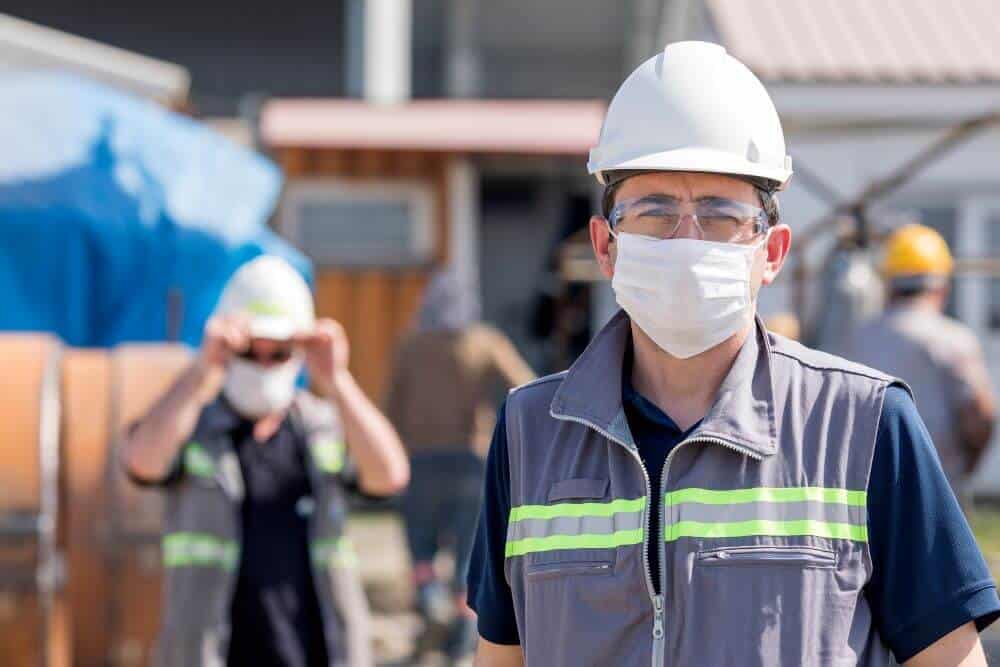October 12, 2020
2020 Workforce Survey Reveals Worker Shortage Issues

The COVID-19 pandemic has created disruption across the economy impacting businesses in every industry. It started in March with forced business closures and stay at home orders and has continued with modified operating rules issued by the state and Centers for Disease Control (CDC). While necessary to protect public health, it has resulted in one of the most challenging business climates in decades. Although each industry has been impacted differently, construction has not been immune to the fallout. Construction demand in Atlanta has dropped 12.3% with the largest declines coming in commercial, education, and infrastructure projects. Unfortunately, the trend is expected to continue until late 2021. Yet many Georgia construction companies are having issues finding both craft and skilled workers. The Associated General Contractors (ACG) 2020 Workforce Survey revealed an unexpected difficulty in attracting project managers, safety managers, and quality control personnel. The same challenge was also revealed with carpenters, laborers, and concrete workers. Considering the reduced demand, the findings have caught many by surprise. To help clients, prospects, and others, Wilson Lewis has provided a summary of key survey findings below.
About the Survey
The survey was conducted online between August 4th and 26th with over 2,000 firms participating nationwide including 65 firms from Georgia. Participants included businesses from a broad cross-section of the industry including both union and open shops with revenue ranging from under $1M to over $100M.
Key Survey Findings
- Changes in Demand – Demand fluctuations during a pandemic are to be expected but the survey wanted to understand how deeply it is impacting industry companies. According to the survey, 69% of respondents reported having a scheduled project postponed or canceled, 44% projects have taken longer to complete, 38% projects underway halted, 18% have won new projects or add-on work to existing projects and 18% have costs that are higher than projected and 5% report no impact on demand.
- Headcount Changes – Headcount changes are an important metric used to measure the depth of the pandemic’s impact. It was found that 32% of respondents recalled or added employees, 24% furloughed or terminated employees, 24% added employees, 13% terminated employees, and 11% furloughed employees. It was also found that 53% of respondents made no changes to headcount over the past 7 months.
- Current Hiring Situation – A company’s hiring situation reflects not only expected demand but also the skills in demand. It was found that 52% of respondents are having a hard time filling craft positions, 21% are having no difficulty while 27% have no current openings. For salaried openings, it was found that 32% are having a hard time filling positions, 19% no difficulty, and 48% have no current openings.
- Salaried Positions – Given that some companies are having issues filling salaried positions, the survey wanted to understand what specific positions are presenting the greatest challenge. It was reported that 86% of respondents are having trouble filing project manager positions, 31% safety managers, 21% quality control personnel, 10% engineers, 7% Lean construction professionals and 7% BIM professionals.
- Craft Positions – The survey also wanted to understand the same for hourly craft positions. According to the survey, 55% of respondents reported having difficulty hiring carpenters, 24% laborers, 18% concrete workers, 16% electricians, 16% pipefitters/welders, and 15% mechanics.
- Pay/Benefit Increases – To resolve hiring challenges many companies will increase pay or other benefits to attract needed workers. The survey found that 33% of respondents increased base pay rates, 10% provided new performance incentives or bonuses and 5% increased the employers’ portion of benefit contributions. It was also found that 60% of respondents have made no changes to pay or benefits.
- Return to Normal – Despite the challenges, many have a positive outlook about the future. The survey found that 10% of respondents expect it to take one to six months to return to normal, 32% expect six months or more, and 22% currently have volume at pre-pandemic levels.
Contact Us
The survey results paint a somewhat optimistic picture of the future for Atlanta construction companies. As demand increases construction companies need to be properly positioned with human and financial resources to take advantage of new opportunities. If you have questions about the information outlined above or need assistance with a tax or accounting issue, Wilson Lewis can help. For additional information call us at 770-476-1004 or click here to contact us. We look forward to speaking with you soon.

